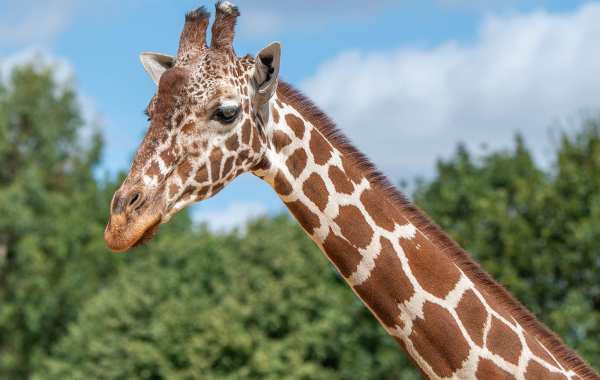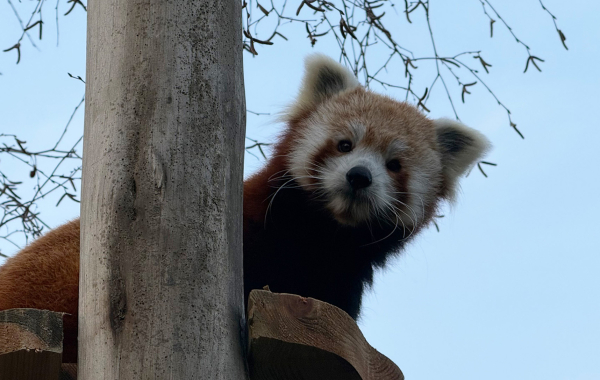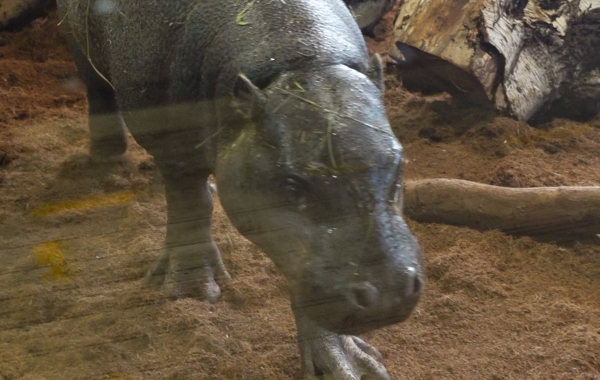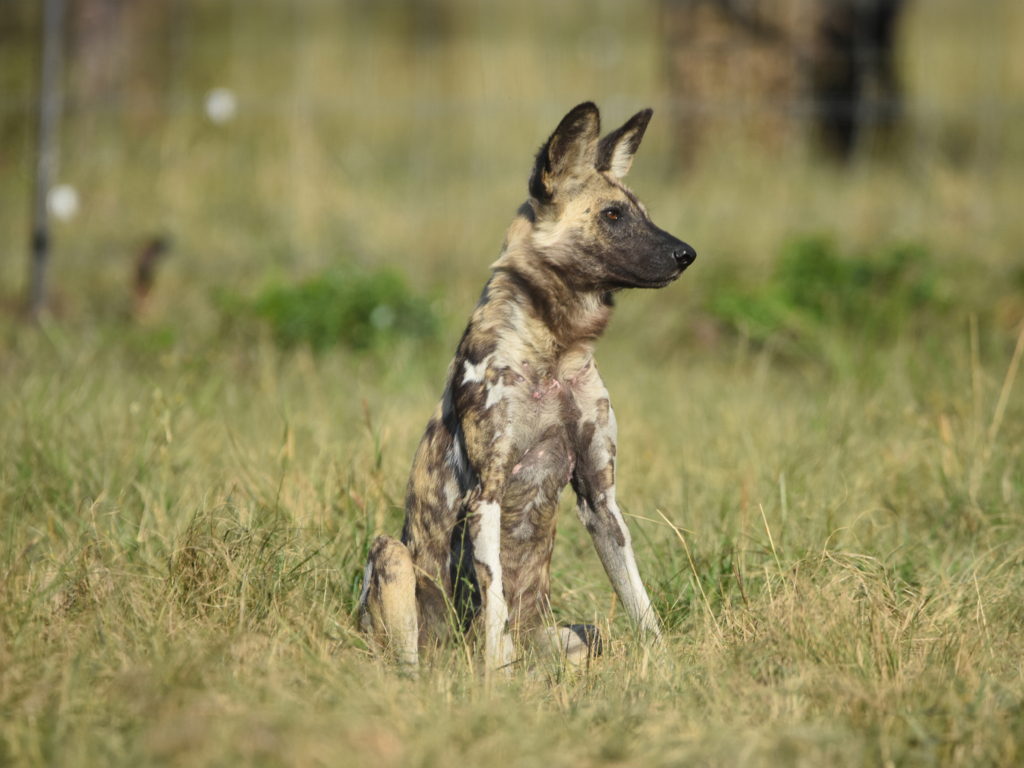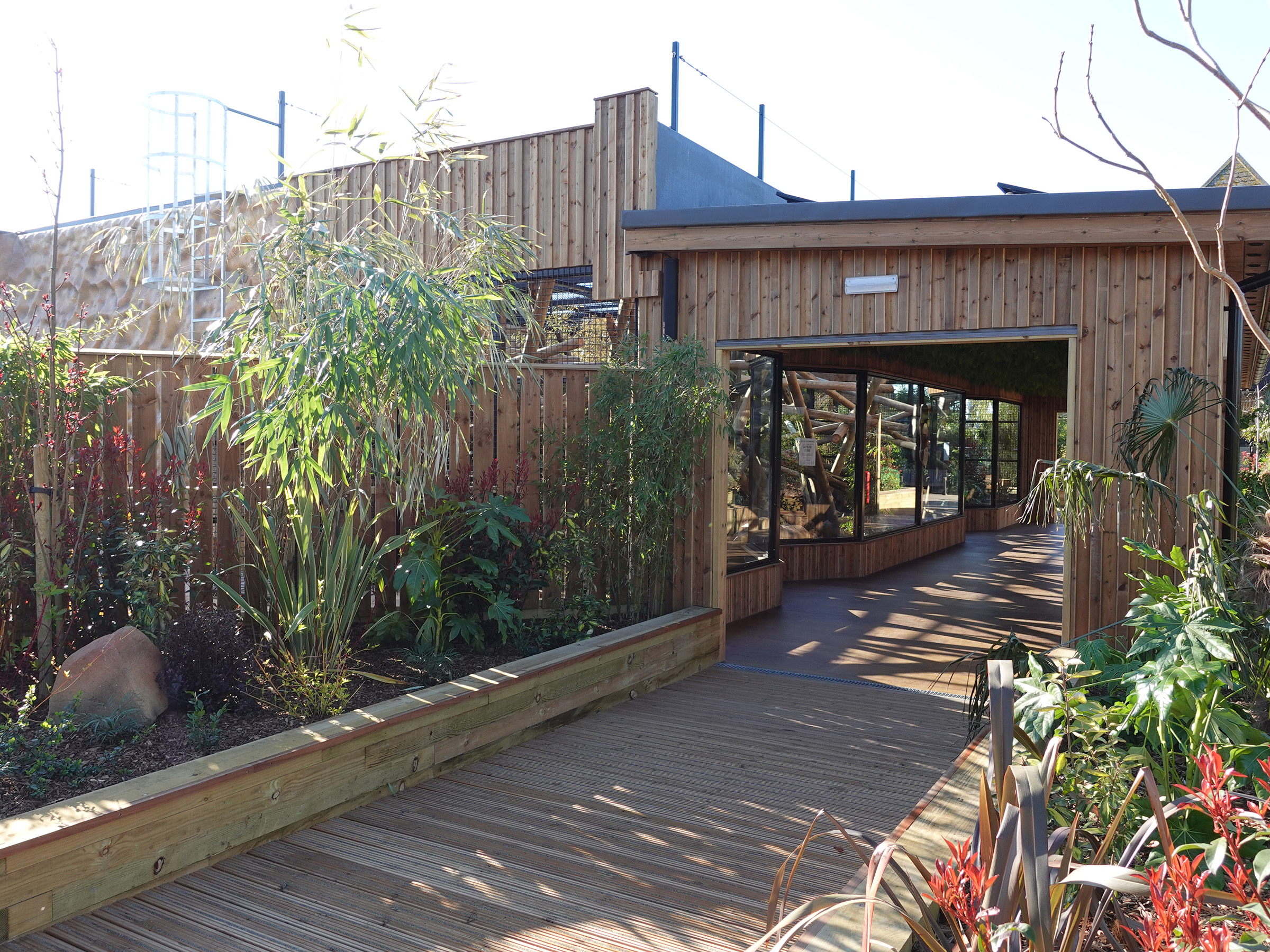
In 2024, we started the renovation of one of the oldest habitats within the Zoo, which is home to the Critically Endangered, buff-headed capuchin. We are now delighted to announce that the new habitat, named Capuchin Climb, is now open. The capuchins moved into their renovated home on Tuesday 8th April and were very excited to explore their new surroundings.
Although the previous area still provided the capuchins with a high standard of welfare, as one of the oldest locations within the Zoo, it was time to look at how this space could be improved for both the animals and visitors. The new habitat now includes additional viewing areas for visitors as well as a new training area where the public will be able to watch the Animal Care Team as they train the group of capuchins for health checks.
With our recent transition into a charitable trust, we hope that this new habitat will help educate visitors about this Critically Endangered species and therefore, raise awareness of the importance of conservation whilst also offering more interactive opportunities to engage with. New activities include a climbing wall and electronic maze game, which help educate visitors about capuchin movement and development, whilst also providing an insight into key enrichment activities. The habitat will also include new sound and smell games to give customers the opportunity to test their animal knowledge.
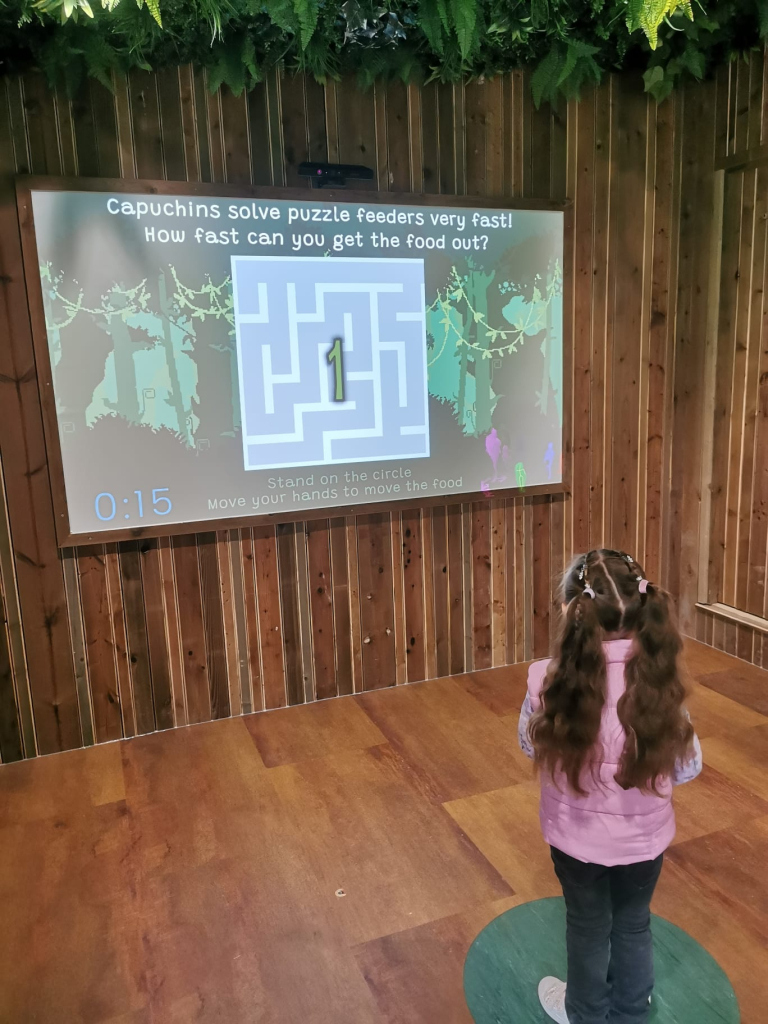
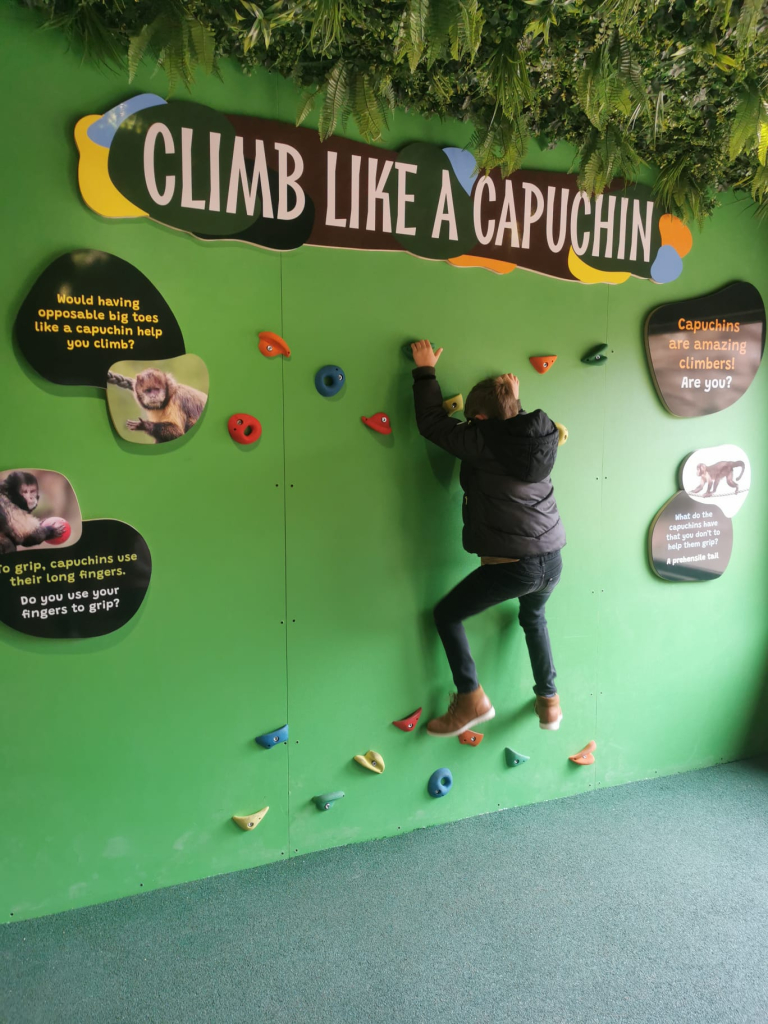
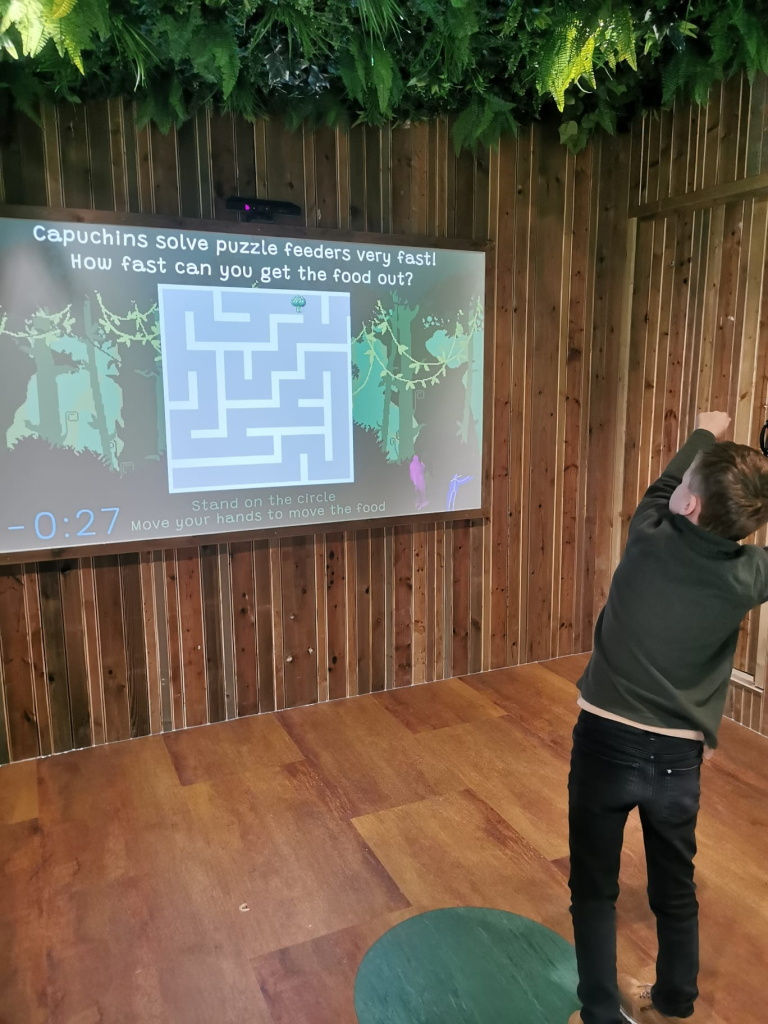
Sustainability has been a key consideration during this renovation. By updating an existing habitat within the Zoo, we used this as an opportunity to implement technology that will help reduce our carbon footprint. Solar panels have been installed, allowing the habitat, along with adjacent habitats Rainforest Walkthrough and Iguana Forest, to run off solar power rather than electricity. An air-source heat pump has also been installed so that during the colder months, the area can be warmed more efficiently. By using this sustainable method rather than a traditional or pellet boiler, the heating is more environmentally friendly by producing less carbon dioxide. Improved insulation and double glazed windows have also been installed to help hold in the warmth.
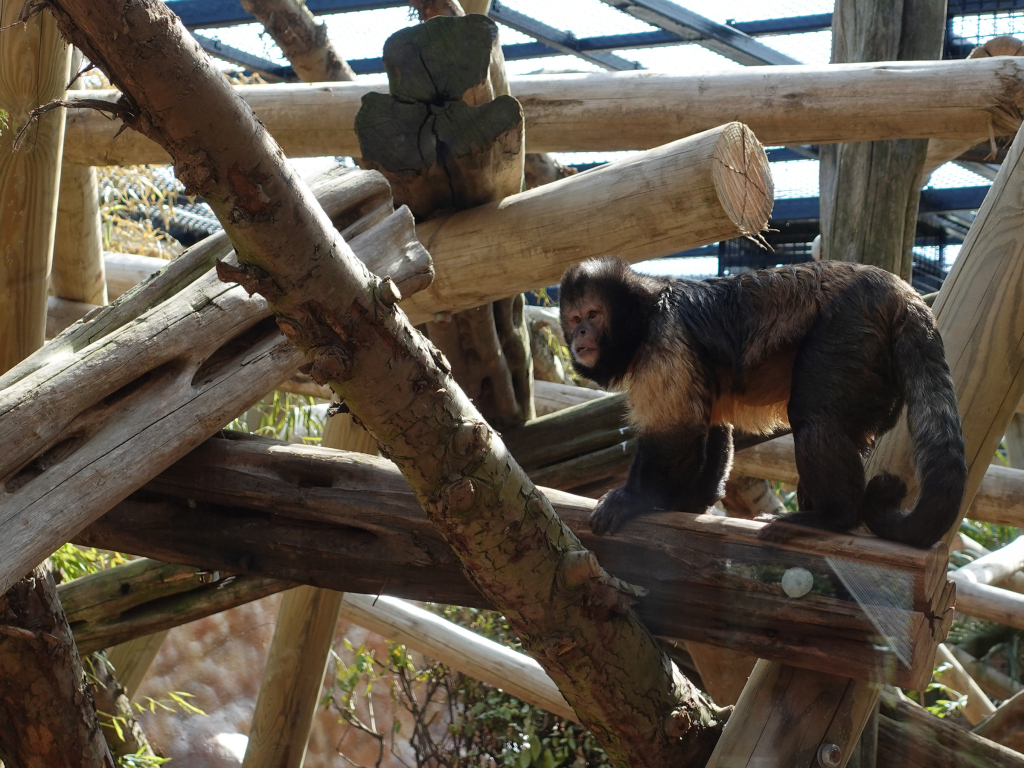
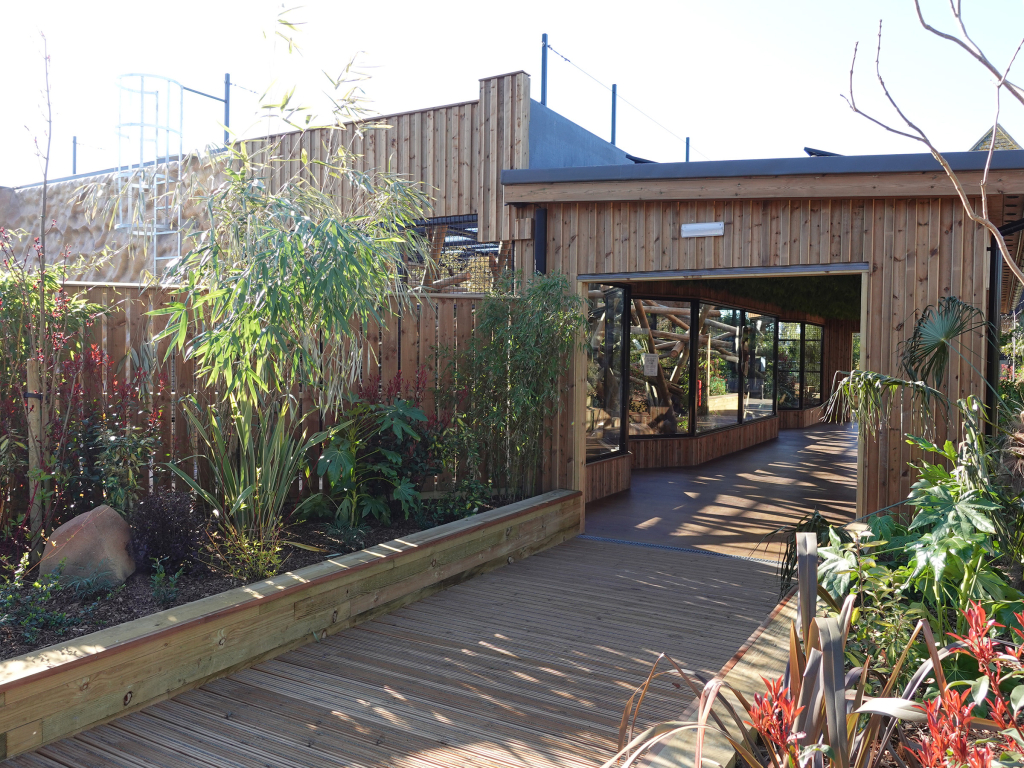
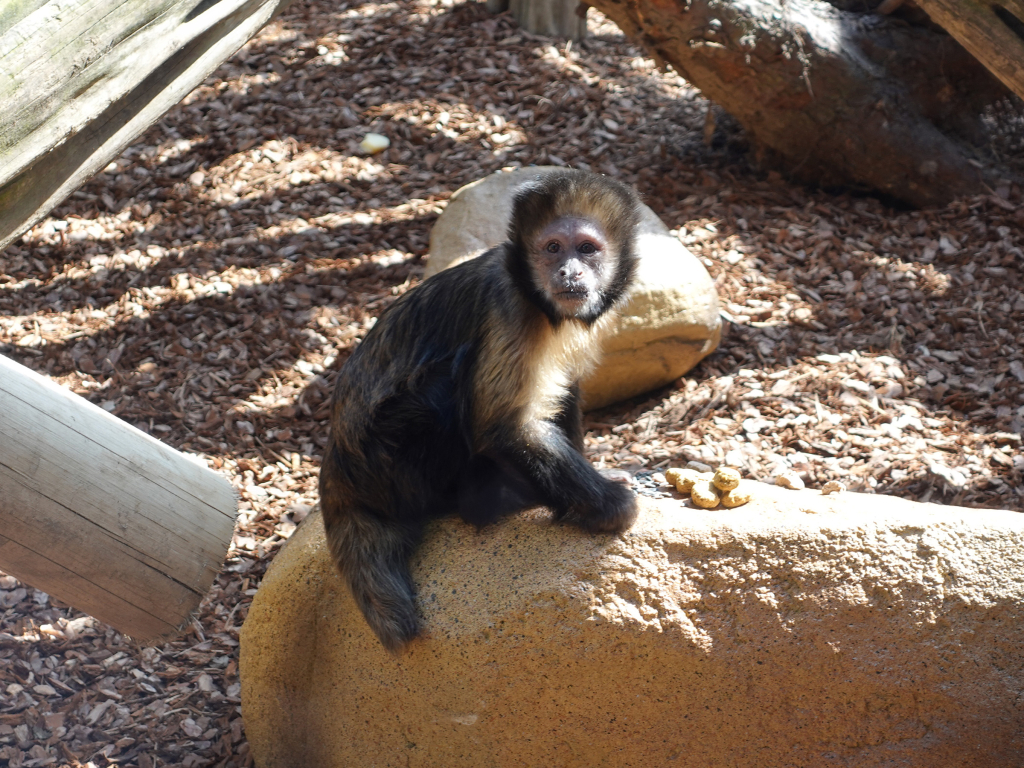
Chris Elsey, Maintenance Manager at CZS, said “This renovation has been a great job to work on. Being one of the first habitats visitors encounter, they will see the improvements as soon as they enter the Zoo and it really captures the essence of the direction in which the Zoo is heading. At the heart of the work is of course the home for our amazing capuchins and this redevelopment has given them further outdoor space and a more comfortable indoor area, plus of course, many items to help our Animal Care Team keep these curious creatures stimulated through the use of environmental enrichment.”
“We have also taken great steps forward in sustainability, with solar and air source heating reducing our carbon footprint. There are also many improvements we have made from a visitor’s perspective as well, with our Education and Marketing Teams coming up with new way to engage and educate visitors about these primates and the natural world.”
“It really has been a great privilege to have our in-house, skilled team, from across all trades bring together this impressive renovation along with the help of some great external contractors. We are looking forward to seeing not just the capuchins enjoying this, but also our dedicated visitors and Animal Care Team.”
Buff-headed capuchins originate from South America and are currently classed as Critically Endangered on the IUCN Red List of Threatened Species due to forest fragmentation. Therefore, it is incredibly important that zoos like CZS, are able to care for this species and raise awareness of their declining population out in the wild.
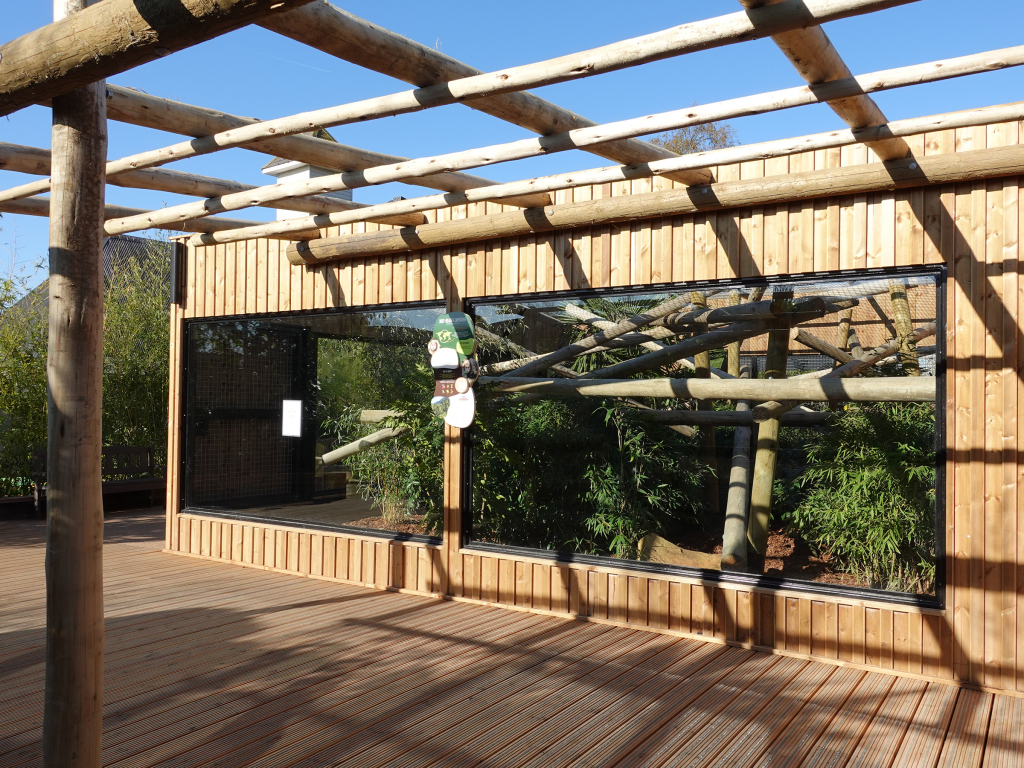
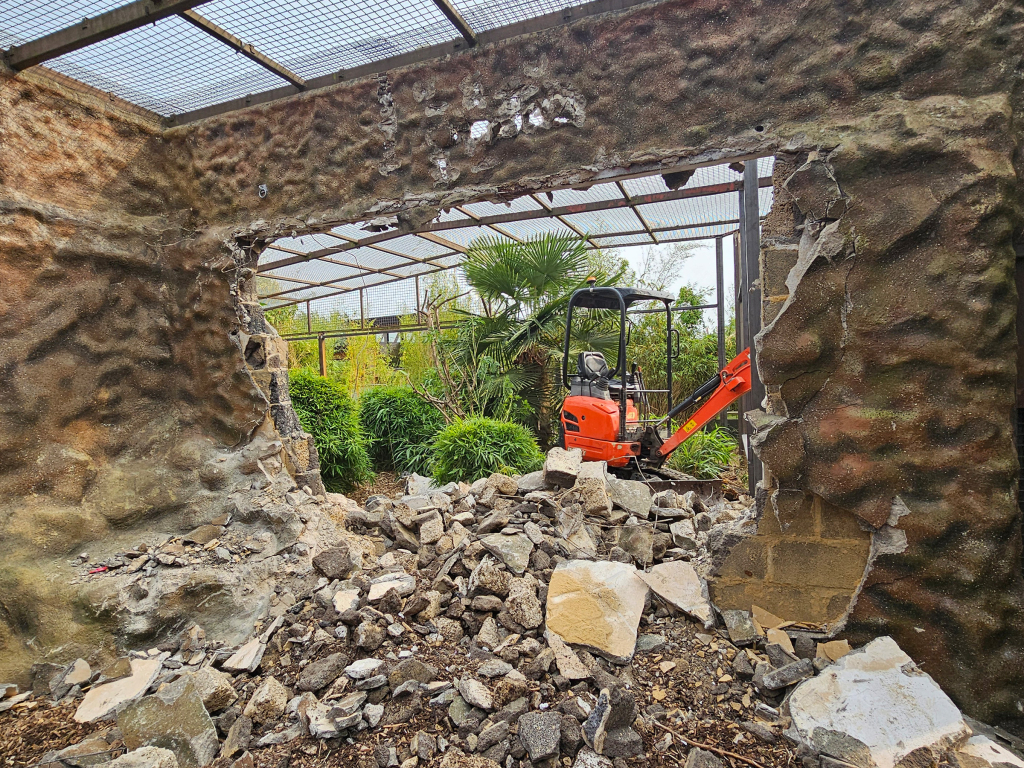
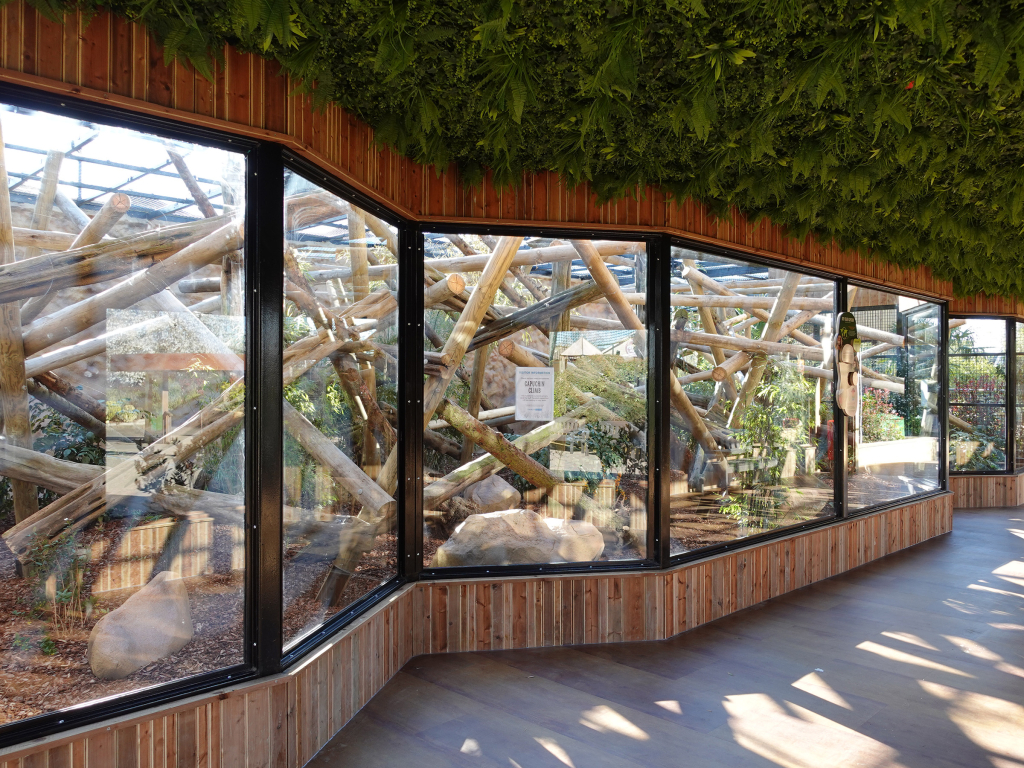
Primate Team Leader at CZS, Lucas Atkinson said “There are many new features in our new Capuchin Climb habitat. In the outside area, our Gardening Team have planted lots of different plants and bamboo which has multiple purposes to help increase the welfare of the capuchins, by providing natural cover and encourage foraging behaviours. There are also a lot of beams within the habitat which not only helps stimulate climbing but also provides the perfect sunspots.”
“The new habitat also features training areas which allows the team to carry out regular health checks by training the capuchins to present different body parts. These types of areas are not only useful for the capuchins, but also for the Animal Care Team as well.”
Each and every visit made to CZS contributes to not only the continuous development of the Zoo, but also to vital conservation projects worldwide. By purchasing an Admission Ticket, Animal Adoption, Animal Experience, Annual Zoo Pass or by making a donation, you are helping us care for wildlife and wild places.
Our recently redeveloped buff-headed capuchin habitat is the first habitat our visitors encounter and it really captures the essence of the direction in which the Zoo is heading.

